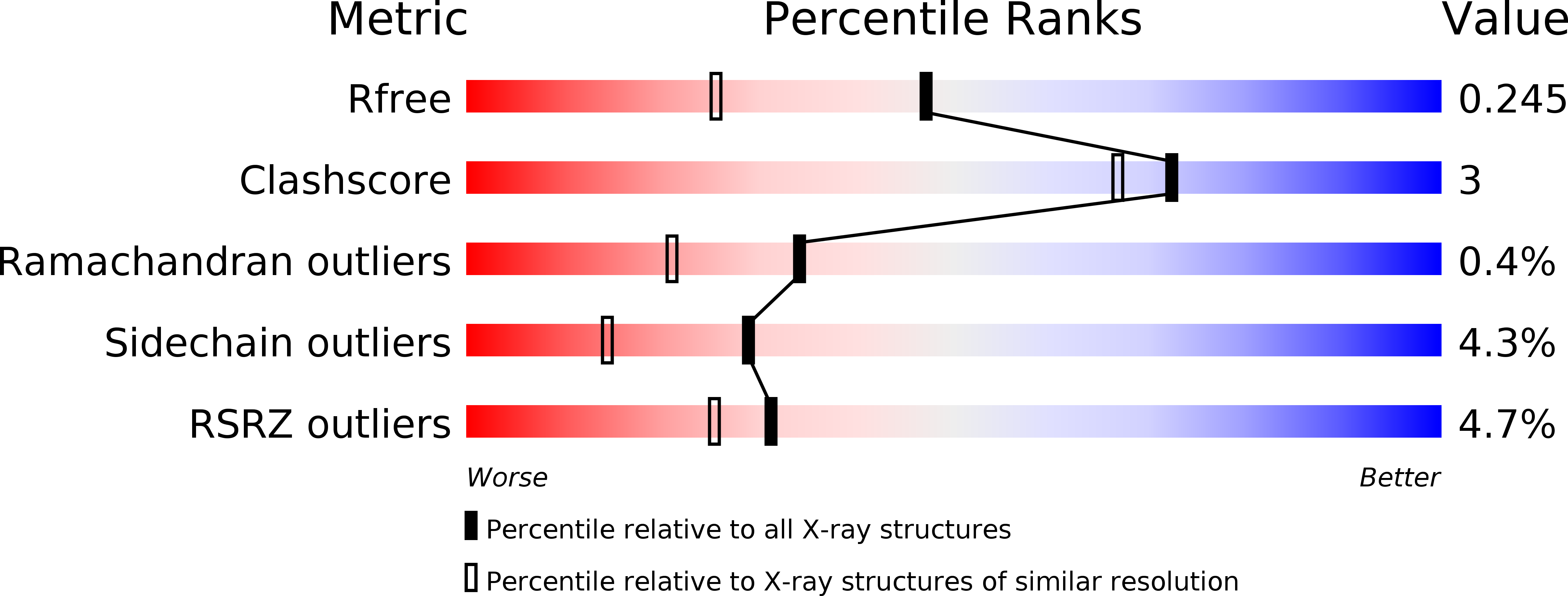
Deposition Date
2018-03-15
Release Date
2019-02-20
Last Version Date
2024-10-23
Entry Detail
PDB ID:
6FZR
Keywords:
Title:
Crystal structure of scFv-SM3 in complex with compound 2
Biological Source:
Source Organism:
Mus musculus (Taxon ID: 10090)
Homo sapiens (Taxon ID: 9606)
Homo sapiens (Taxon ID: 9606)
Host Organism:
Method Details:
Experimental Method:
Resolution:
1.80 Å
R-Value Free:
0.23
R-Value Work:
0.18
R-Value Observed:
0.18
Space Group:
P 21 21 21


